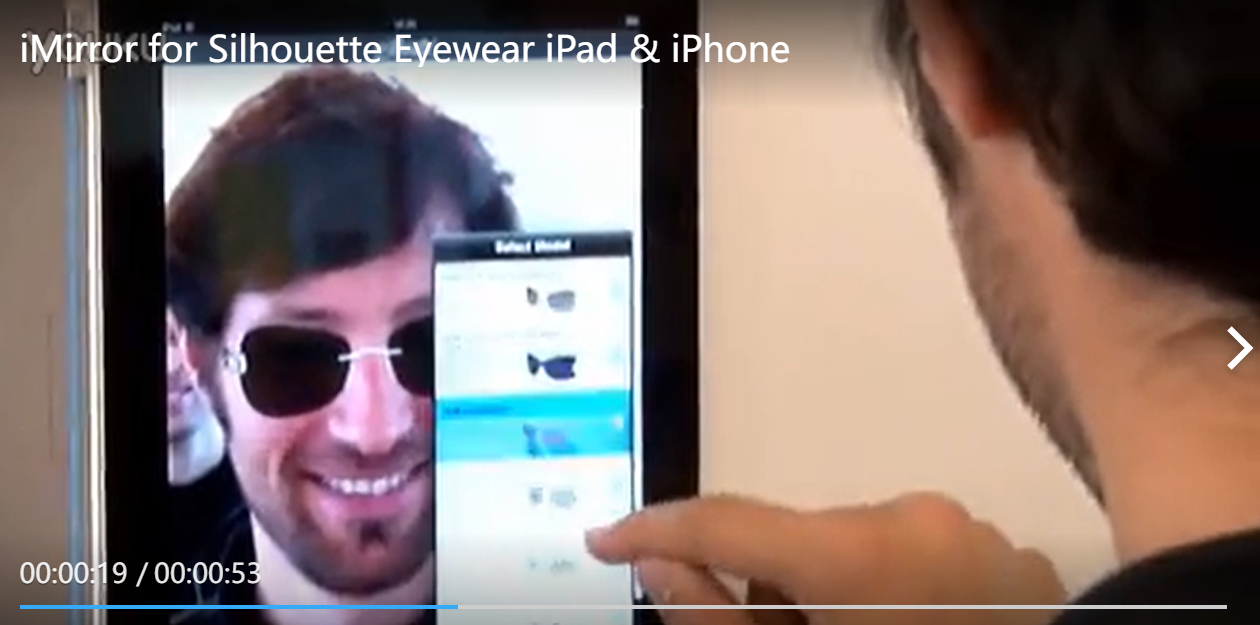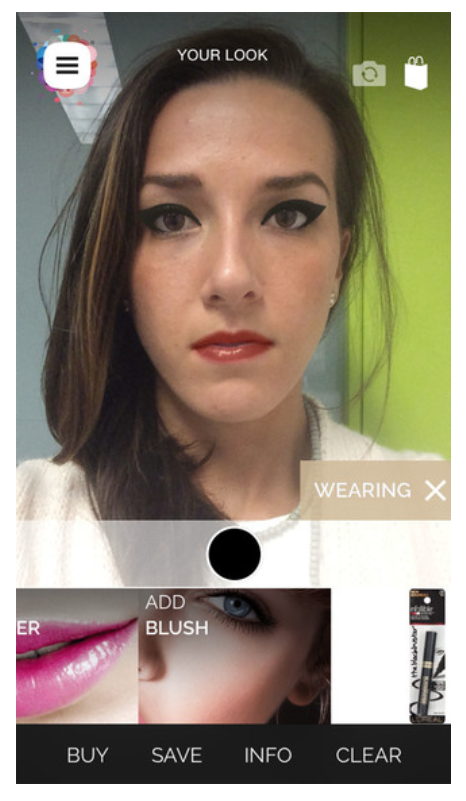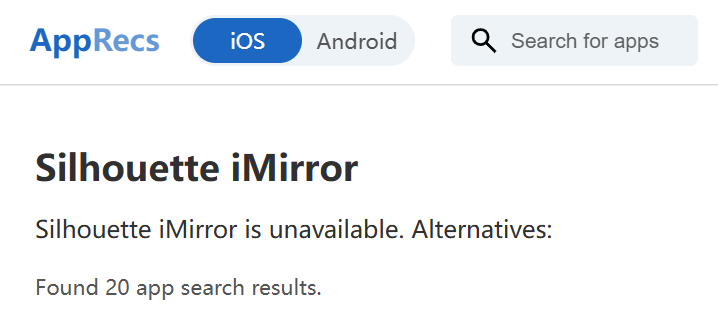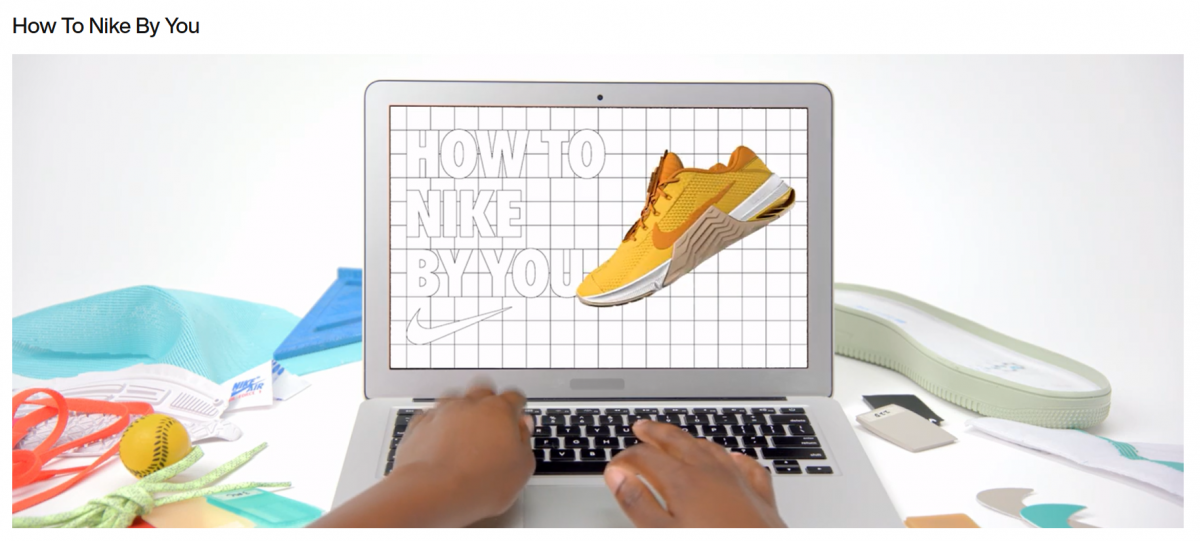In the age of personalization, consumers crave products and services that match their unique preferences. Customization has become a significant trend, particularly in the Fast-Moving Consumer Goods (FMCG) industry, where companies are innovating to satisfy this demand with their innovative business models. Let’s delve into some real-world examples (maybe you tried some of them before):
1. Nike By You

This platform is a service provided by Nike allowing customers to personalize and design their own Nike merchandise. On 14 October 2012 the NIKEiD App for iPhone was released on the iTunes App Store. The App is free to download and allows users to search products created by the NIKEiD and purchase items from the online store.[1]
2. iMirror for Silhouette Eyewear

iMirror is an augmented reality-based (AR) eyewear-fitting room for Silhouette Eyewear for iPad, iPhone & iPod. The Silhouette iMirror makes it possible to try on eyewear and sunglasses in a realistic environment, wherever and whenever you want.
3. L`Oreal Makeup Genius App

When it comes to makeup, most potential customers prefer to try before they buy. But the ability to test products isn’t as likely when you’re perusing the aisles of a drugstore. Recognizing this, L’Oréal wanted to revolutionize the makeup shopping experience by creating Makeup Genius[2]. The iOS app lets consumers scan their own features, browse a catalog and then virtually apply makeup before making a purchase.
Looks Fancy?
Interestingly, while these initiatives seemed promising, not all have thrived. Two of these examples have been discontinued (iMirror & Makeup Genius App) Let’s ponder two critical questions firstly: Why do people buy? How do people buy?

The answer I think lies in the experience. Imagine customizing your own Nike Air Force shoes: you can choose the color of the laces, the design of the shoe surface, and even add your name. However, the process can become overwhelming with hundreds of options, leading to decision fatigue. You might spend hours designing, only to give up. So, what can Nike do to enhance this experience with digital disruption? GenAI?
For these cases which I have learnt in my marketing strategy course which are really inspired me. Combined with information strategy course, I’ve learned that the alignment of new business models and technology is crucial. Before diving into a new model, ask yourself——Do you truly understand your customers? Do you have a mature technology to support your vision?
When Nike and L’Oreal first implemented their customization systems, the technology was in its infancy, and the internet infrastructure wasn’t as robust as it is today. It was a great idea but without the right tools, it didn’t fully realize its potential.
In summary, the new business model and technology implication should be value alignment otherwise, it will be a pitfall for both companies and consumers.
Reference:

